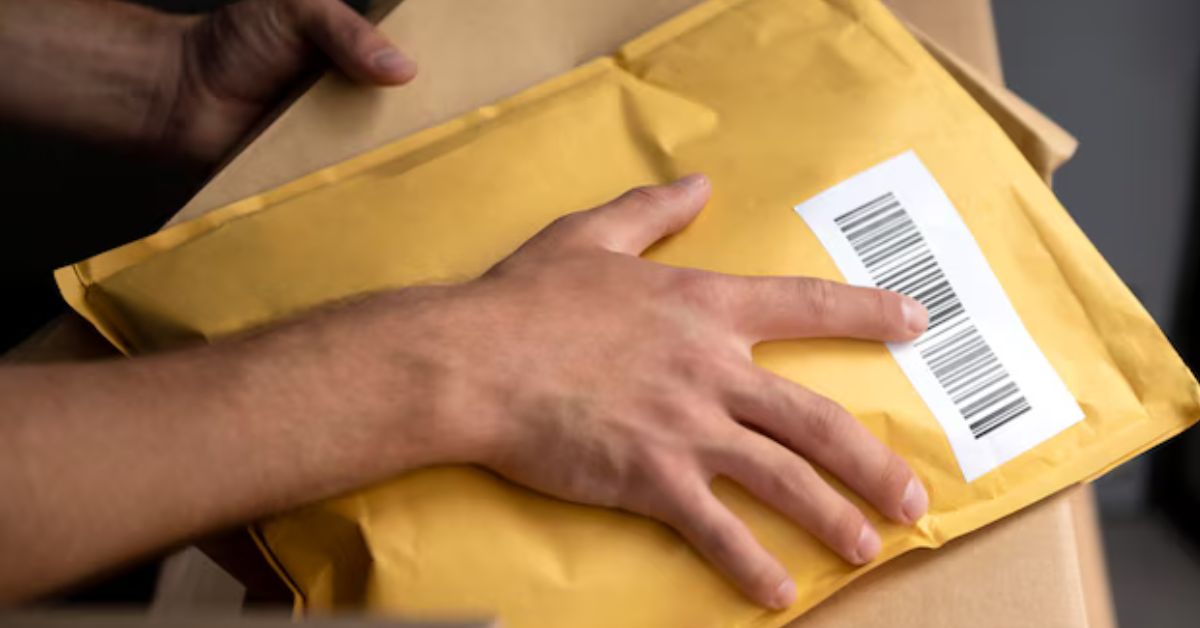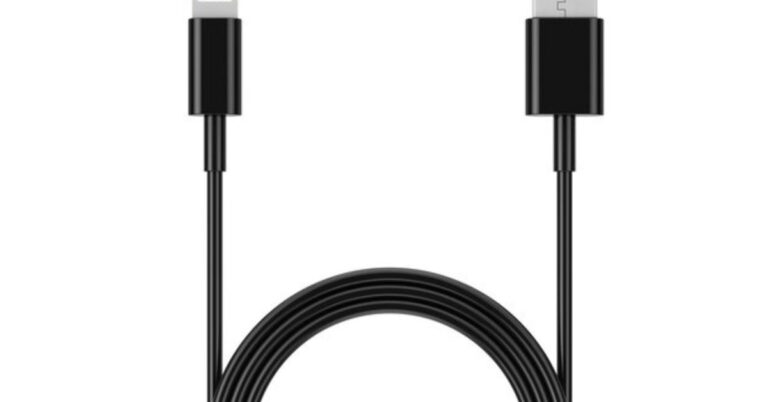Understanding Product Codes: The Importance of “7 po899jkmb” and Similar Identifiers
In today’s consumer-driven world, product codes have become a critical element of retail and e-commerce. Whether you’re purchasing goods in-store or online, understanding how product codes work can make the shopping process more efficient. One such example of a product code might be “7 po899jkmb.” While this specific code may not immediately correspond to a well-known product, the concept of product identification is universal across industries. This article will delve into the importance of product codes7 po899jkmb , how they help streamline transactions, and how consumers and businesses benefit from these systems.
What is a Product Code?
A product code is a unique string of numbers, letters7 po899jkmb, or a combination of both, used by manufacturers, retailers, and e-commerce platforms to identify a specific product. These codes serve as an essential part of the logistics and inventory systems, ensuring that products are cataloged, tracked, and shipped correctly. Every product on the market is assigned a unique code, and these identifiers allow businesses and consumers to distinguish one item from another easily.
Product codes come in many forms, including Universal Product Codes (UPC) 7 po899jkmb, Stock Keeping Units (SKUs), International Article Numbers (EAN), and internal product identification codes. Each system may be used for different purposes depending on the market, geographical location, or industry.
The Role of Product Codes in the Retail and E-Commerce Worlds
In both brick-and-mortar stores and online platforms, product codes provide a seamless way of organizing and categorizing items. These identifiers allow retailers to manage inventory, track sales, and optimize supply chains. For consumers, product codes serve as tools for finding, comparing, and researching products.
Inventory Management
Retailers rely on product codes for effective inventory management. By scanning product codes with barcode scanners or entering them manually, businesses can instantly access information about stock levels, product specifications, and pricing. This process reduces human error and ensures that products are always in the correct location, whether on the shelf, in a warehouse, or in transit.
Pricing and Discounts
Product codes also help retailers implement dynamic pricing and discount systems. If a store has a promotion or sale, product codes are used to adjust the price in the system automatically. Shoppers can scan product codes to view updated prices, which might include discounts, bundles, or clearance offers. For instance, the product code “7 po899jkmb” could correspond to a special sale price or a limited-time offer on an item.
Product Research
Consumers often use product codes to research items before making a purchase. By inputting a product code on an e-commerce website or using it in search engines, they can access detailed information such as product reviews, specifications, pricing comparisons, and availability. In an online shopping environment, having a unique product identifier allows customers to verify the product’s authenticity and read reviews from other buyers, which helps them make informed purchasing decisions.
How Product Codes Benefit Consumers
For consumers, product codes serve as a powerful tool for product discovery, comparison, and verification. When you encounter a product in a store or on an online platform, understanding the product code associated with it can help you navigate the market and make better choices.
Avoiding Counterfeit Products
With the rise of online shopping and third-party sellers, counterfeit products have become a significant concern for consumers. Product codes provide a method of authenticating items. For example, the code “7 po899jkmb” might be used by a manufacturer to verify that the product is genuine and not a knock-off. Some e-commerce platforms even allow consumers to scan product codes using apps to confirm whether the product they’re buying is authentic or a counterfeit.
Easy Returns and Exchanges
In the event that a product is defective or unsatisfactory, having the product code on hand makes it easier for consumers to initiate returns or exchanges. Retailers and e-commerce platforms can quickly locate the specific item in their systems by searching with the product code. Whether a shopper is in a store or dealing with an online order, providing the correct product code speeds up the process and helps ensure that customers receive the right replacement item or refund.
Better Deals and Discounts
Some retailers use product codes to reward loyal customers with special offers or discounts. By tracking purchasing patterns through product codes, companies can identify returning customers and offer personalized deals. If the product code “7 po899jkmb” corresponds to a frequently purchased item, there may be loyalty discounts available to consumers when they buy it again.
The Global Standardization of Product Codes
While many businesses have their own internal product codes for internal use, global standardization systems like UPCs and EANs help ensure consistency across markets. These standardized codes enable products to be sold and shipped internationally without confusion, allowing manufacturers to use the same code for the same product, regardless of where it’s being sold.
Universal Product Codes (UPC)
The UPC is perhaps the most well-known product code, especially in North America. It consists of 12 digits and is typically associated with products sold in retail stores. A UPC is crucial for tracking products through distribution chains and at the point of sale.
International Article Numbers (EAN)
The EAN is the global counterpart to the UPC, used primarily outside North America. It is 13 digits long and is used for tracking products in international markets. EANs help businesses manage cross-border transactions and ensure that products are properly identified no matter where they’re sold.
Stock Keeping Units (SKUs)
While UPCs and EANs are universal identifiers, SKUs are unique to each retailer. These product codes help businesses internally manage inventory and differentiate similar products. A retailer may assign a SKU like “7 po899jkmb” to a specific item within their inventory, allowing them to track sales and stock levels without confusion.
The Evolution of Product Codes
The use of product codes has evolved alongside advancements in technology. With the proliferation of e-commerce, retailers and businesses have adapted to new methods of product identification. The introduction of barcodes, QR codes, and RFID tags has significantly streamlined the process of inventory management and product tracking.
Barcodes
Barcodes, which are the visual representation of product codes, have become ubiquitous in retail. Scanning a barcode with a handheld device allows businesses to instantly pull up information about a product, making transactions faster and reducing the chances of human error.
QR Codes
QR codes are two-dimensional barcodes that can store more information than traditional one-dimensional barcodes. Consumers can scan QR codes with their smartphones to access product details, discounts, or even promotional offers. For example, a QR code linked to the product code “7 po899jkmb” might direct shoppers to a special online page with product details or a discount code.
RFID Tags
Radio Frequency Identification (RFID) tags are used to track products in real-time. Unlike barcodes, which require direct line-of-sight scanning, RFID tags transmit data wirelessly to readers, allowing for more efficient inventory management and faster checkout times. This technology is increasingly being adopted in supply chains and logistics.
The Future of Product Codes
As technology continues to advance, product codes are likely to become even more integral to how businesses and consumers interact. The rise of smart products, the Internet of Things (IoT), and blockchain technology may lead to even more secure and efficient systems for product identification. Consumers could use smartphone apps, voice assistants, or even smart devices to instantly retrieve product details, compare prices, and track their orders in real-time.
Conclusion
The product code “7 po899jkmb,” while possibly a specific identifier for a product, serves as an excellent example of the importance of product codes in today’s retail landscape. Whether it’s for inventory management, pricing, research, or authentication, product codes play a crucial role in how we buy, sell, and interact with products. Understanding their significance can help consumers make informed decisions, avoid counterfeit products, and even save money by taking advantage of special deals. As technology evolves, so too will the ways we use product codes, making our shopping experiences even more seamless and efficient.







